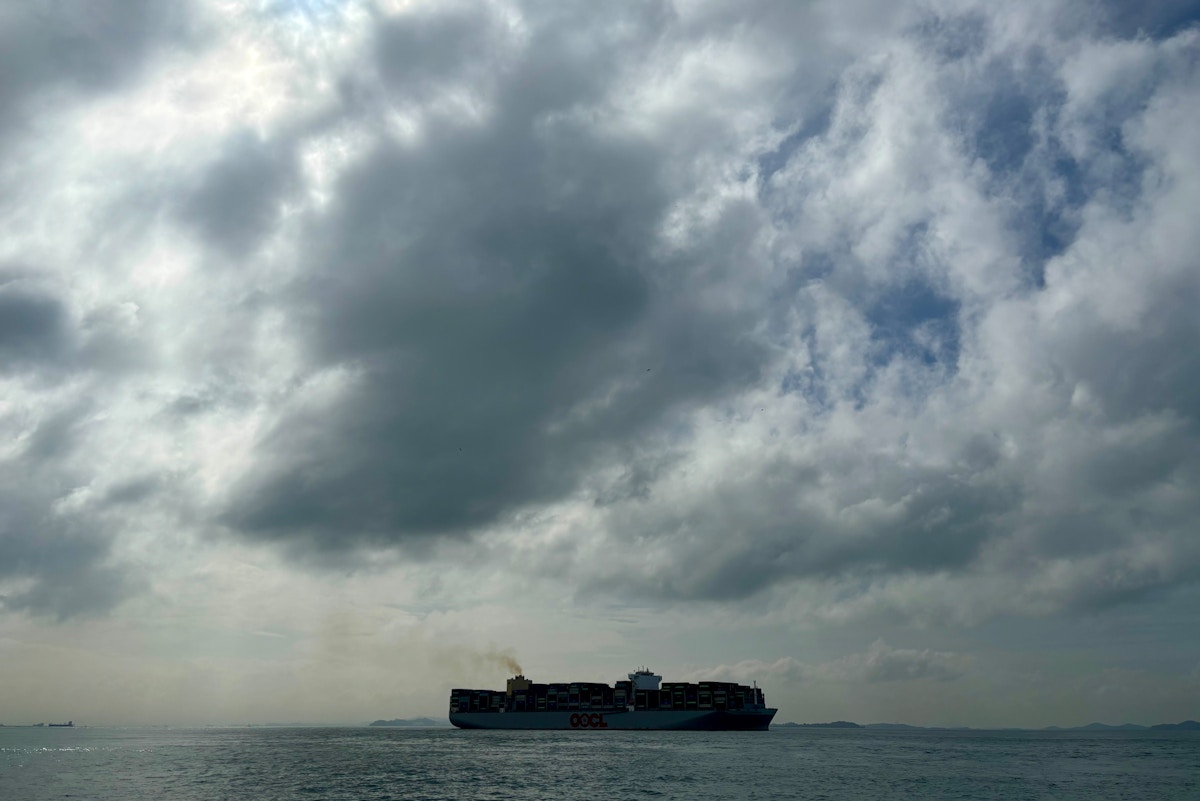That is the warning from Hong Kong-based think tank CWR, which in a report titled Crude Awakening 2 released on Tuesday finds that nearly 90 per cent of the 30 biggest oil ports serving the world’s top producers and consumers of crude could be hit by fast-rising seas within the next half century if greenhouse gas emissions continue on their current trajectory.
The report paints a worrying picture of the world’s reliance on oil, as the ports that facilitate its trade face inundation. Just one metre of sea level rise – now possible as early as 2070 – could disrupt 26 major oil terminals that handle up to half of the world’s crude imports and exports, the study found.
“This is the double threat we face. Rising seas will disrupt the oil trade and imperil energy security. But burning more oil only makes the seas rise faster,” said Debra Tan, director and head of CWR.
A sinking lifeline
The report highlights key chokepoints in the global oil supply chain at risk from encroaching seas, including Singapore’s oil hub, Malaysia’s Tanjung Pelepas and Pengerang, and the European gateways of Rotterdam and Algeciras.
The Strait of Malacca, one of the world’s busiest shipping lanes, is particularly vulnerable, with economic consequences for Southeast Asia and trading territories.
Major exporters are not immune. Saudi Arabia and Iraq could see billions of dollars in trade threatened as sea levels creep up on their coastal terminals. CWR estimates that as much as US$887 billion worth of crude and refined petroleum exports could be at risk if ports are not adapted.
Brazil, which will host the COP30 climate summit next year, is also under threat from rising seas. Santos, the country’s key oil port, could be inundated with a one-metre rise in sea levels – compounding environmental pressures on the Amazon.
Ice sheets overtaking thermal expansion
The acceleration of sea level rise is being driven not only by warming oceans but by ice sheets melting at an unprecedented rate. Losses from Greenland and Antarctica have quadrupled since the 1990s, overtaking thermal expansion as the main driver of rising seas, according to cryosphere scientists who contributed to the report.
The cryosphere refers to all water on Earth’s surface in its solid, frozen form, including snow, ice and glaciers, and is a vital part of the global climate system.
A United Nations technical brief released earlier this year, Surging Seas in a Warming World, warned that the rate of sea-level rise has doubled over the last 30 years. Scientists have also shifted their view on the thresholds at which ice becomes unstable, saying even 1.5°C of global warming is too hot for ice sheets. Temperatures this year have already averaged above that level.
Speaking at the ReThink conference in Hong Kong, Tan noted that 50 million tonnes of ice is melting every hour. “The hotter it is, the faster ice melts. There is no negotiating with the melting point of ice,” she said.
Billions still flow into oil
Despite the warnings, finance continues to flow into fossil fuels. According to the Banking on Chaos report, the world’s 65 biggest banks poured US$869 billion into fossil fuel projects in 2024, a 23 per cent increase on the previous year. Nearly half of this went into expanding production and infrastructure that could be compromised within its financing timeframe by sea-level rise.
CWR is calling for governments, investors and oil majors to account for cryosphere risks in energy planning, and to fast-track the shift to clean energy. “We are looking at impacts within 25 to 45 years. That is within the lifespan of most oil infrastructure and financing cycles,” Tan said.
The think tank urged countries that depend on oil for economic security to rethink their definition of “energy security.”
“Ports are the lifeline of the oil trade. If they drown, so too does the security of supply. The only way to keep them above water is to cut emissions fast and rethink our reliance on oil,” Tan said.

